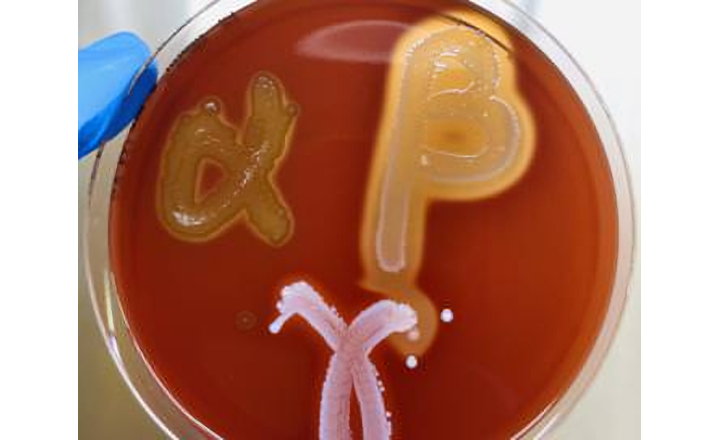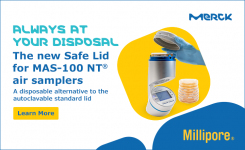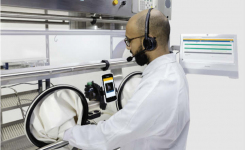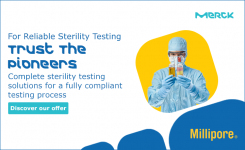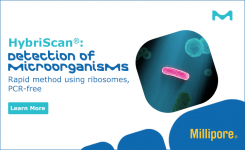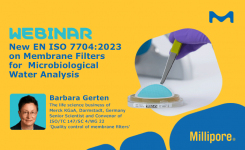Manufacturers of gel-based hand washes have to perform bioburden testing before they release a batch onto the market. Some typical contaminants take days to grow to yield conclusive results, so over a long period of time it may not be possible to dispatch the product, and storage costs accumulate.
The EZ-Fluo™ System, a rapid fluorescence-based technique, can reduce the incubation time needed down to a third, while delivering just as reliable results as the traditional plate-based monitoring methods. The basic principle is that the sample’s microorganisms are filtered onto a membrane, whereupon a substrate is added that is cleaved by ubiquitous enzymes contained in all living microorganisms, generating fluorescence. This makes emerging colonies detectable long before they become visible to the naked eye. What’s more, the plates can be reincubated after rapid detection, allowing the microcolonies to keep on growing for subsequent identification by any method. The reincubated plates typically show the same pattern of colonies as the previously observed pattern of fluorescent microcolonies.
The EZ-Fluo™ procedure has now been fine-tuned for bioburden testing of hand wash gel, and the results published in an application note. It includes a dilution step that reduces the viscosity of the sample to optimize filtration, and a rinsing step to remove the antimicrobial activity of the gel-based hand wash. The optimal incubation time for rapid detection was determined for two bacterial species, Staphylococcus aureus, and the slow-growing Burkholderia cepacia. The results show that the EZ-Fluo™ System reduces the incubation time to a third of the time needed for the traditional plating method, allowing retained product batches to be released earlier.
Read the full application note or click the green "Request Information" button below.




